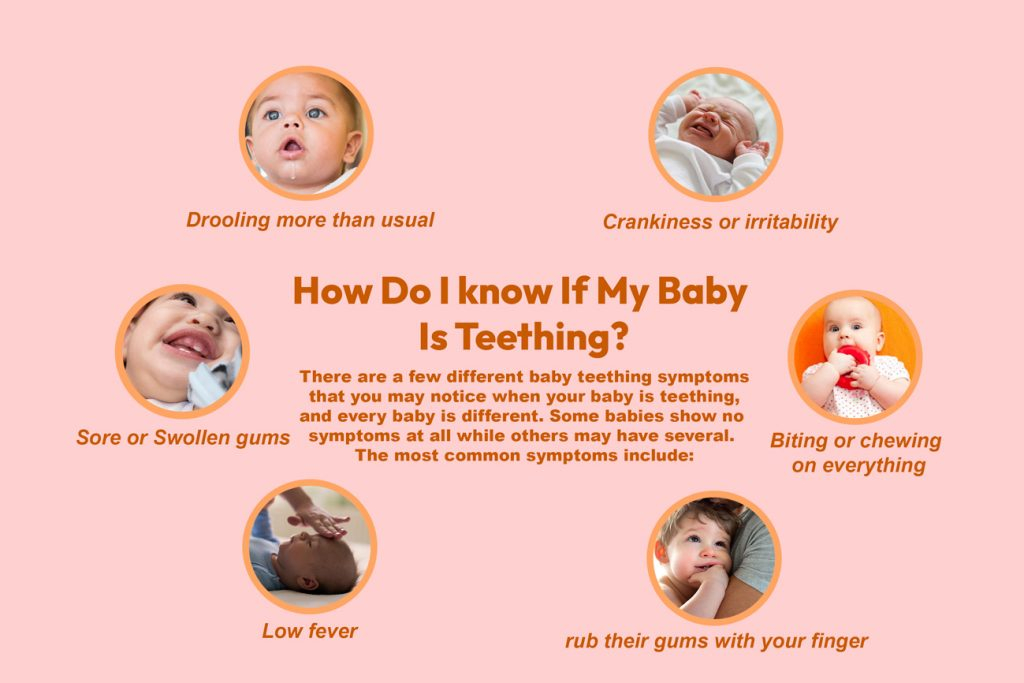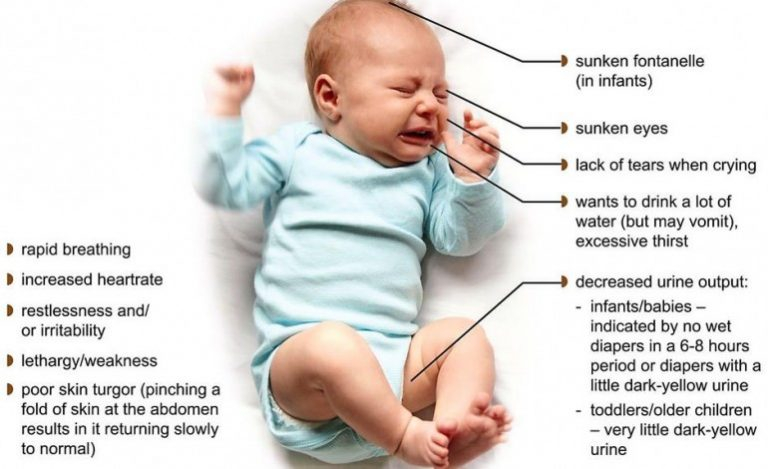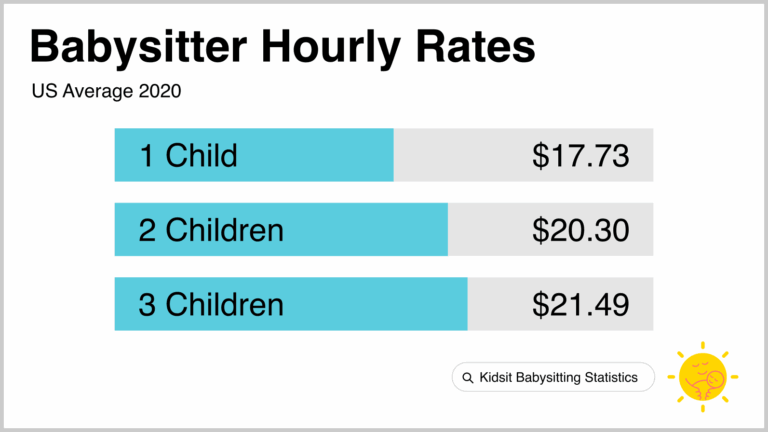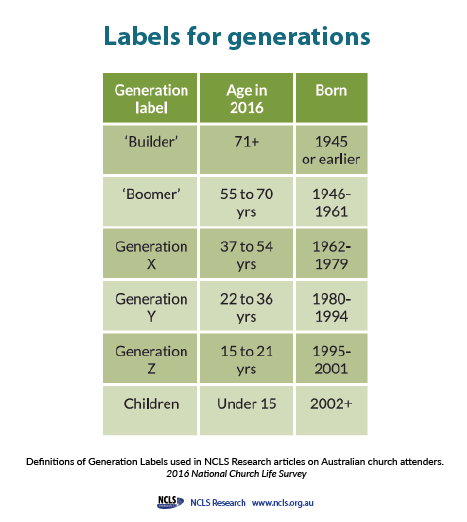How Do You Know Your Baby Is Teething
As a parent, one of the milestones you eagerly anticipate is your baby’s first tooth. The process of teething can be both exciting and challenging. Knowing the signs and symptoms of teething can help you provide the necessary comfort and care for your little one. In this article, we will delve into how you can identify if your baby is teething, what to expect during this phase, and how you can help alleviate their discomfort.
Knowledge
Teething typically begins around 6 months of age, although it can vary from one baby to another. Some babies may start teething as early as 3 months, while others may not cut their first tooth until after their first birthday. The first teeth to emerge are usually the lower central incisors, followed by the upper central incisors.
One of the most common signs that your baby is teething is excessive drooling. Your baby may drool more than usual as their teeth start to push through the gums. This can sometimes cause a rash on their chin or chest, so it’s important to keep their skin clean and dry.
– Increased irritability and fussiness
– Difficulty sleeping
– Loss of appetite
– Chewing on objects or fingers
– Swollen or red gums
– Ear pulling or cheek rubbing
It’s important to note that not all babies will experience the same symptoms during teething. Some may breeze through the process with minimal discomfort, while others may have a harder time coping. As a parent, it’s essential to be patient and understanding as your baby navigates this new phase.
Providing your baby with safe teething toys or chilled washcloths to chew on can help alleviate their discomfort. You can also gently massage their gums with a clean finger to provide some relief. Over-the-counter teething gels or medications may also be recommended by your pediatrician, but be sure to follow their guidance on proper usage.
Conclusion
In conclusion, knowing the signs that your baby is teething can help you better support them during this milestone. By being aware of the common symptoms and taking steps to relieve their discomfort, you can help your baby through this challenging phase with love and care.
Parents of teething babies are the primary audience for this article, as they will benefit from understanding the signs of teething and how to provide comfort for their little ones. By being informed and prepared, parents can navigate the teething phase with confidence and ease.
In the grand scheme of things, teething is a normal and temporary phase in a baby’s development. While it can be challenging for both babies and parents, it is a sign that their little one is growing and reaching new milestones. Understanding how to identify the signs of teething and provide comfort during this time is essential for every parent.






